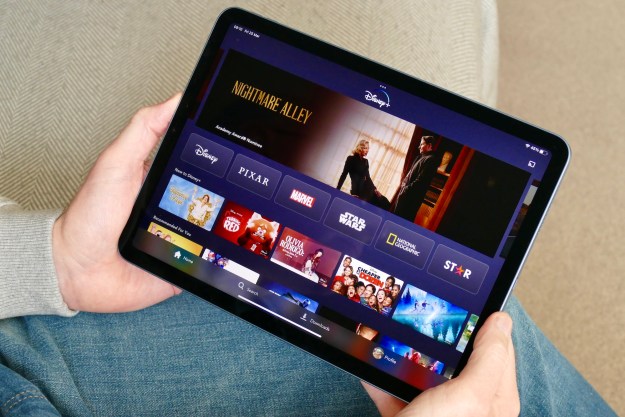
It seemed like Samsung had finally carved out a legal victory against Apple in its long-running effort to sell the Galaxy Tab Android tablet in Australia—but the feeling may have been short lived. Although the full Federal Court of Australia overturned an earlier injunction on the sales of Galaxy Tabs in Australia this week—clearing the way for the devices to go on sale today—the court has now pushed that date back to December 9 to give Apple time to file its objections to the case.
Samsung’s Galaxy Tab tablet was scheduled to go on sale in Australia September 12, but in August Samsung actually volunteered to defer the start of sales until September 30th while the dispute with Apple worked its way through the court. A judge then ruled the Samsung Galaxy Tab infringed on elements of Apple’s iPad 2 and delayed sales; Samsung argued that Apple’s claims were based on a comparison to a U.S. model of the Galaxy Tab, and offered Apple prototypes of an Australian version of the tablet. Apple then temporarily excluded two of its five patent claims against the Galaxy Tab in Australia, but the sales ban was still in effect.
In the most recent ruling, the full Federal Court ruled that the judge who issued the initial injunction did not sufficiently assess the strength of Apple’s patent infringement claims when issuing the initial injunction. Apple immediately requested a stay of orders, and the matter has now been expedited to a special leave list to be considered by the court next Friday.
No date has been set for a full hearing on Apple’s claims that the Samsung Galaxy Tab copies the iPad. The court seems cognizant that the life cycle of these products is short, noting that further delays in the sale of the Galaxy Tab would more-or-less “kill off” the device.
Apple has been going all-out against Samsung with its claims the Galaxy Tab copies the design and technology of the iPad: cases are pending in the United States, Japan, and South Korea, and Apple has won another injunction on the sale of Galaxy Tab devices in Germany.
Editors' Recommendations
- Best iPad deals: Save on iPad Air, iPad Pro, iPad Mini
- How to find your phone number on iPhone or Android
- Best tablet deals: iPad, Samsung Galaxy Tab, Fire, and more
- The best Android tablets in 2024: the 11 best ones you can buy
- Best Apple deals: Save on AirPods, Apple Watch, iPad, MacBook


